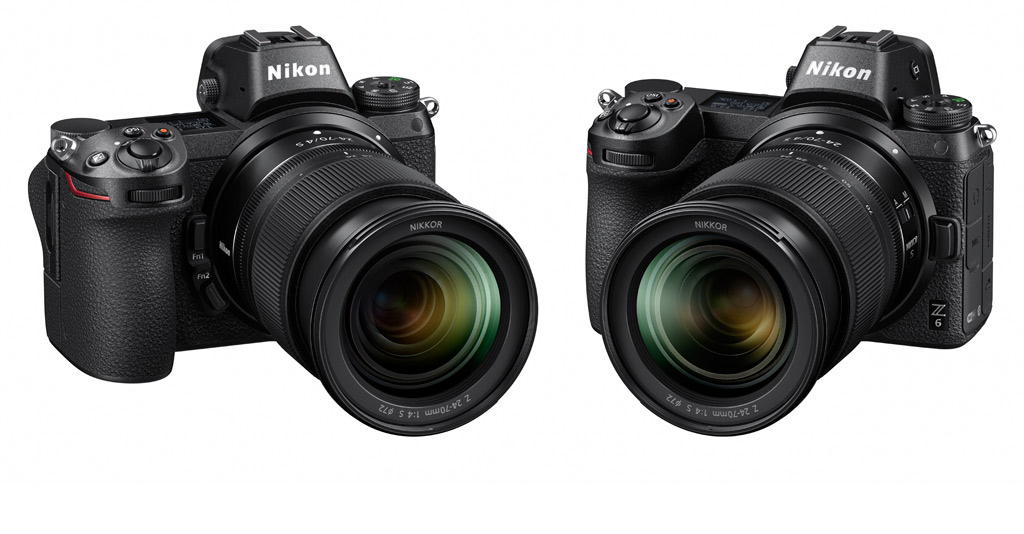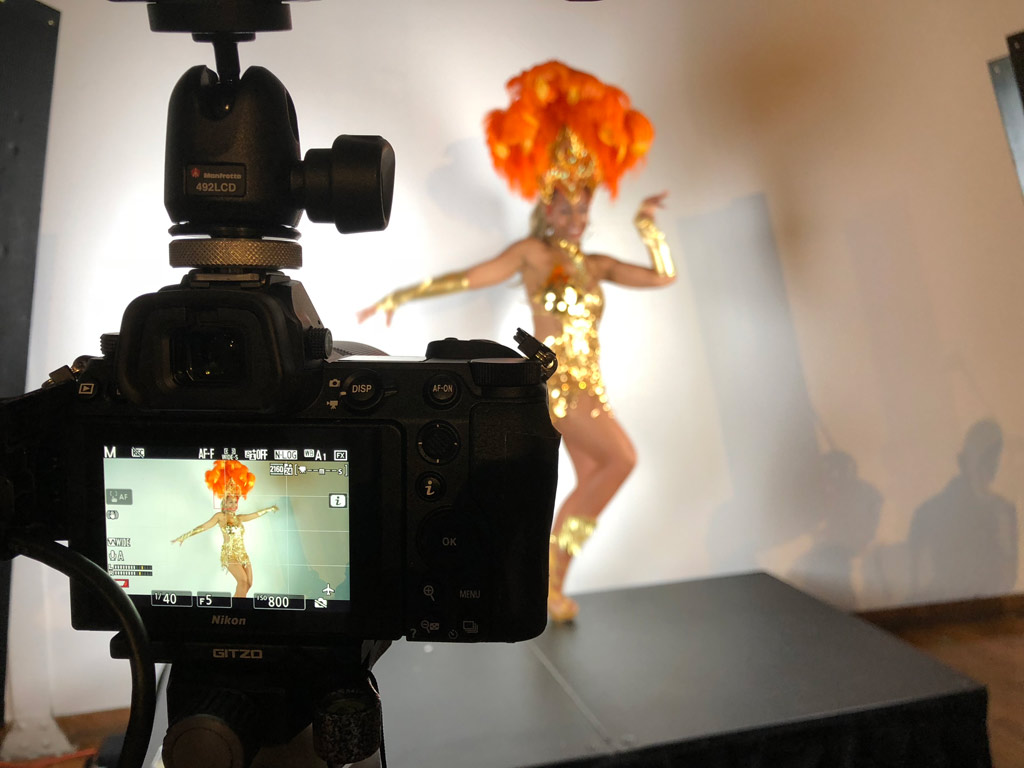
Nikon showcased two new mirrorless cameras in the Nikon Z 6 and Z 7, built to appeal to both serious amateurs and pros who want quality in a smaller body.
The event in Toronto was a chance to get more information and see the cameras in action. Nikon had previously highlighted the prowess both models were expected to deliver by saying that they are “mirrorless reinvented.”
Despite being mirrorless, the design principles are not meant to veer too far off the company’s DSLRs. With some weight and a solid hand grip, plus a litany of controls, both cameras have a lot to work with.

Nikon Z 7
Of the two, the Nikon Z 7 is the flagship. It uses a 45.7-megapixel full-frame CMOS FX sensor and EXPEED 6 image processor. That means the camera can handle an ISO range of 64-25,600 and capture up to 9fps continuous shooting.
Even more appealing may be the array of focus points. The autofocus (AF) system has 493 distinct AF points that cover 90 per cent of the viewfinder. Since there are no mirrors in the camera, the viewfinder is electronic. With 3.6 million dots in the display, Nikon says it will cover 100 per cent of the image to maintain the utmost clarity. Users can also adjust certain settings right within it.
The vibration reduction (VR) technology made popular in the company’s lenses before is now being incorporated into the camera body. The sensor is inside a magnesium frame that shifts for any movement to reduce any blur from handshake. A key advantage in doing that is it applies VR to older lenses that never included it.
The new Z-mount system is 55mm in diameter, making it slightly larger, which is why the Mount Adapter FTZ will be necessary. There’s no actual glass in the adapter itself, limiting any degradation that might come with fusing the two parts. Indeed, the “flange distance” is such that existing F-mount lenses would have the same distance to the sensor as they did on a Nikon DLSR. What you might lose in the process, however, is a specific feature or two, though it depends on the lens.
One design choice that might be divisive is the single card slot. Nikon’s higher-end DSLRs sport two, allowing photographers to shoot continuously or mirror two cards. That won’t be an option with either camera here. Moreover, the cameras support XQD cards, capable of writing photos and video faster. CFExpress card support will be come in a future firmware update.

Nikon Z 6
The Z 6 is almost identical to its sibling, save for some key features. First, it uses a 24.5-megapixel full-frame CMOS sensor and is limited to 273 AF points. Because of the smaller megapixel count, Nikon says the Z 6 will be able to shoot at a wider ISO range and achieve better results in low-light shooting. The reason for that is because the pixels are larger, taking in more light.
Not only that, but it will be able to shoot more frames per second in a burst than the Z 7. The reason for that is because the Z 6’s lower resolution means more images can be written to the card faster.
Beyond that, the two cameras share everything. They both have “weather-sealed” bodies that make them less susceptible to the elements. Both use the same viewfinder and 3.2-inch LCD touch display. Note that the screen only tilts. It doesn’t flip out or rotate, so watching what you’re shooting when turning the camera on yourself isn’t possible.
Only three lenses were initially shown, and they are the Nikkor Z 35mm f/1.8 S, Nikkor Z 50mm f/1.8 S and Nikkor Z 24-70mm f/4 S. Another six are said to arrive in 2019, including a 70-200mm telezoom and 20mm ultra wide-angle. After that, the company says it’s committed to another six lenses in 2020.

Video and connectivity
Video performance is going to figure prominently for anyone looking at either of these cameras. The VR showed impressive stability in keeping a subject steady, correcting handshake from the shooter as well.
You can shoot in 4K at 30fps, 25fps or 24fps, 1080p at 60fps, 30fps, or 24fps. Not to mention you get slow-motion video in 1080p at 120fps, too. Unfortunately, you won’t be able to do 4K at 60fps, 50fps or 48fps.
There is a headphone and microphone jack, along with HDMI output at 10-bit 4:2:2 for colour tones and editing flexibility. Since there are no slots for XQD cards in computers, transferring content would require plugging the camera in directly.
Wi-Fi and Bluetooth are included in both models, but large video files won’t move as quickly. Nikon’s Wireless Mobile Utility app for iOS and Android will also connect, but if you’re shooting stills in RAW or capturing 4K video, you may prefer a computer instead.
Battery life is rated at about 330 shots per charge or 85 minutes of video. Performance can always vary with mirrorless camera batteries, where you can usually manage many more shots in one charge. Still, you won’t get the same longevity of a DSLR in that respect.
Coming soon
The Nikon Z 6 and Z 7 are coming to Best Buy soon, but not at the same time. Look for the Z 7 to drop first before the Z 6 follows later in the fall. You can get your hands on either one by pre-ordering now.



